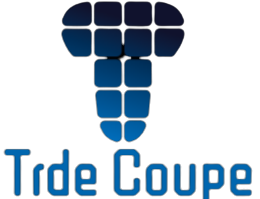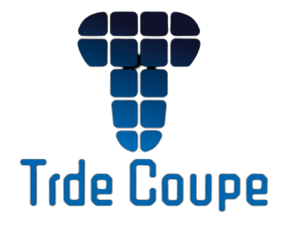In the pharmaceutical industry, labeling plays a crucial role in ensuring the proper identification, safety, and compliance of products. As the demand for efficiency and accuracy increases, technological innovations in high speed vial labeling have become essential to meet these stringent requirements. This article explores the latest advancements in high-speed vial labeling technology, highlighting how these innovations enhance productivity, accuracy, and reliability in the labeling process.
Advanced Vision Systems
One of the most significant technological advancements in high-speed vial labeling is the integration of advanced vision systems. These systems utilize high-resolution cameras and sophisticated image-processing algorithms to inspect labels with unparalleled precision. They can detect misalignments, defects, or missing information in real time, ensuring that each vial is correctly labeled before it leaves the production line. This not only enhances accuracy but also reduces the risk of product recalls due to labeling errors.
Robotic Automation
Robotic automation has revolutionized the high-speed vial labeling process by increasing speed and reducing human intervention. Robotic arms equipped with precise sensors can handle and label vials at exceptionally high speeds, maintaining consistent accuracy. These robots can be programmed to perform multiple tasks, such as label application, inspection, and packaging, streamlining the entire labeling process. The flexibility of robotic automation allows for quick adjustments to different vial sizes and label types, making the system highly adaptable.
Intelligent Control Systems
The implementation of intelligent control systems in high-speed vial labeling machines has significantly improved operational efficiency. These systems use artificial intelligence (AI) and machine learning algorithms to optimize labeling operations. They can predict potential issues, adjust machine parameters in real-time, and provide predictive maintenance alerts. By continuously monitoring the labeling process, intelligent control systems ensure that the machines operate at peak performance, minimizing downtime and maximizing throughput.
High-Speed Dispensing Mechanisms
The development of high-speed dispensing mechanisms has enabled faster and more accurate label applications. Modern dispensing units can apply labels at rates exceeding hundreds of vials per minute. These mechanisms are designed to handle a variety of label materials and adhesive types, ensuring consistent application even at high speeds. Advanced servo motors and precision gear systems control the dispensing process, maintaining exact label placement and reducing waste.
Enhanced Adhesive Technologies
Innovations in adhesive technologies have also contributed to the efficiency of high-speed vial labeling. New adhesive formulations provide stronger and more reliable bonds, ensuring that labels remain affixed under various conditions, such as extreme temperatures or exposure to moisture. These adhesives are designed to work with high-speed dispensing mechanisms, offering quick tack times and minimal setup adjustments. Enhanced adhesives reduce the likelihood of label peeling or detachment, maintaining label integrity throughout the product’s lifecycle.
Modular Design and Scalability
Modern high-speed vial labeling systems are designed with modularity and scalability in mind. This allows manufacturers to customize and expand their labeling lines according to production needs. Modular designs enable quick integration of new components, such as additional labeling heads or inspection stations, without extensive reconfiguration. Scalability ensures that the labeling system can grow with the production demands, providing long-term flexibility and cost-effectiveness.
IoT and Data Analytics
The integration of Internet of Things (IoT) technologies and data analytics has opened new possibilities for high-speed vial labeling. IoT-enabled devices can collect and transmit data in real-time, providing insights into the labeling process. Data analytics tools analyze this information to identify patterns, optimize machine performance, and enhance quality control. By leveraging IoT and data analytics, manufacturers can achieve greater transparency, traceability, and efficiency in their labeling operations.
















